- Buy Ceylon Cinnamon directly from Sri Lanka (Ceylon).
- Not Cassia, Genuine Ceylon Cinnamon (Cinnamomum verum / Cinnamomum zeylanicum).
- 100% Natural product.
- Premium Quality.
- Product Type: Spice/ Ceylon Cinnamon
- Grade: C5 Cut cinnamon (4/5inch)
- Size: 125 ± 10 mm Quills
- Origin of Country: Sri Lanka (Ceylon)
- Shipping: : Worldwide Economy shipping (10-35 Days)
- The item will ship within 2-5 days after the payment
- HS code : 09061100
History
Cinnamon is the dried bark of the perennial tree of C.zeylanicum of the Lauraceae family. True cinnamon is native to Sri Lanka. Cinnamon is originally grown wild in central hill country of Sri Lanka. The history of cinnamon dates back to about 2800 B.C where it can be found referenced as ”kwai” in Chinese writings. Cinnamon is even mentioned in the Bible when Moses used it as an ingredient for his anointing oil in ancient Rome. It was burned in Roman funerals perhaps partly as a way forward to off the odor of dead bodies. Emperor Nero is said to have burned a years’ worth of the dry supply of cinnamon at the funeral of his wife Poppaea Sabina. Ancient Egyptians used it in embalming mummies because of pleasant odors and its preservative qualities.
Cinnamon was a precious spice in the west during 14th -15th centuries and its’ primary use was to preserve meat and to retard the growth of bacteria. The quest for cinnamon was a major factor which led to exploration of the world in 15th century. By that time the real cinnamon was produced in only one place, namely in Ceylon or Sri Lanka. Anyone who had the control of the supply flow would have made profits immensely. Portuguese traders made their way to Ceylon in the 15th century, enslaved the natives and had the control of the trade from Arabs. Soon the Dutch displaced the Portuguese and gained the control of the cinnamon monopoly. It was the Dutch who took a massive effort to boost the production by domestication of crop and expanding extent in the areas they had the control. Because of that effort cinnamon cultivations were moved to Western and Southern coastal belts of the island. Since 1815 the British took the control of the island and cinnamon trade too was moved to their hands. By this time the relative importance of spices in the world market had been declining due to the emerging plantation crop sector of tea and rubber, which restricted the further expansion of cinnamon.
The best historical evidence about the cinnamon trade in Sri Lanka is found in Up country-Dutch agreement (Hanguranketha agreement) signed in 14th February 1766 between the Sri Lankan king Sri Keerthi Sri Rajasinghe and the Dutch government.
By this agreement King had permitted the Dutch to cut and peel cinnamon in certain forest areas of Sri Lanka and Dutch agreed to protect the Kingdom from foreign invasion.
Products and Uses
Cinnamon bark is largely available in the form of quills and making quills is unique to Sri Lanka. Quills are made by rolling the pealed bark and join several of them together to get a pipe like structure in the required length. Other than that pieces of bark are available as chips, quillings or featherings. Cinnamon is unique plant which has essential oil in leaves, bark and roots but chemical composition of them are completely different from each other. Essential oils are produced from both bark and leaves; major chemical in bark oil is Cinnamaldehyde and in leaf oil Euginol. Cinnamon is also available in pure ground form or as an ingredient in curry mixtures and pelleted form too.
Cinnamon is mostly used in cooking and baking. Cinnamon is a versatile spice which can be added to any food item such as salads, confectionaries, beverages, soups, stews and sauces. Cinnamon drink made by immersing pieces of bark in hot water is popular among Latin American countries. Cinnamon flavored tea is becoming popular. It is also used as a common ingredient in Chinese ad Aurvedic medicine. Cinnamon leaf and bark oils are used to flavor food products, in perfumery industry and in pharmaceutical industry.
Major Growing Areas in Sri Lanka
In Sri Lanka, Cinnamon seems to have originated in the central hills where seven wild species of cinnamon occur in Kandy, Matale, Belihull oya, Haputale, Horton planes and the Sinharaja forest range. Presently cultivation concentrated along the coastal belt from Negambo to Matara, it has also made inroads to Kalutara and Ratnapura.
Varieties
There are eight cinnamon species in Sri Lanka. Among them only Cinnamomum zeylanicum Blume is grown commercially. In tradition, there were several types of cinnamon categorized based on taste of the bark. “Pani-Miris Kurundu” was the best with sweet-pungent taste and “Miris Kurundu”, “Sevel Kurundu” and “Thiththa Kurundu” are the others. Currently ten cinnamon accessions have been identified based on yield and quality performances and best two lines, named as “Sri Vijaya” and “Sri Gamunu”, were released. Other selections are under evaluation in different agro climatic zones.
Medicinal and Chemical Properties
Eugenol is the main chemical ingredient in cinnamon leaf oil and Cinnamaldehyde is present in cinnamon bark oil. However there are hundreds of minor chemical ingredients which give characteristic flavor and aroma in true cinnamon.
Cinnamon has been used for medicinal purposes and has been known as a healing herb since it is mentioned in Chinese botanical books that date back to 2700 B.C. In ancient Rome It had been used medicinally for cold and flu as well as for the problems of the digestive system. Recently, it has been studied for its ability to boost brain power, reduce blood clotting and its healing effects on the heart and colon. Recent studies have proved its ability to control type 2 diabetics by reducing blood sugar level and to reduce blood cholesterol level. In traditional society’s cinnamon is said to have used to relieve digestive upset, congestion, menstrual problems, stiff joints and muscles. It has said to been used as an anti-inflammatory agent and as a pain reliever to arthritis patients. Some studies had shown that cinnamon helps to cure urine tract infections and fight tooth decay and gum disease
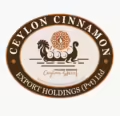
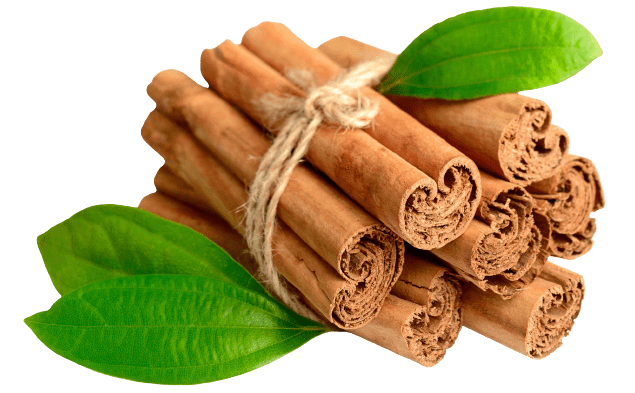
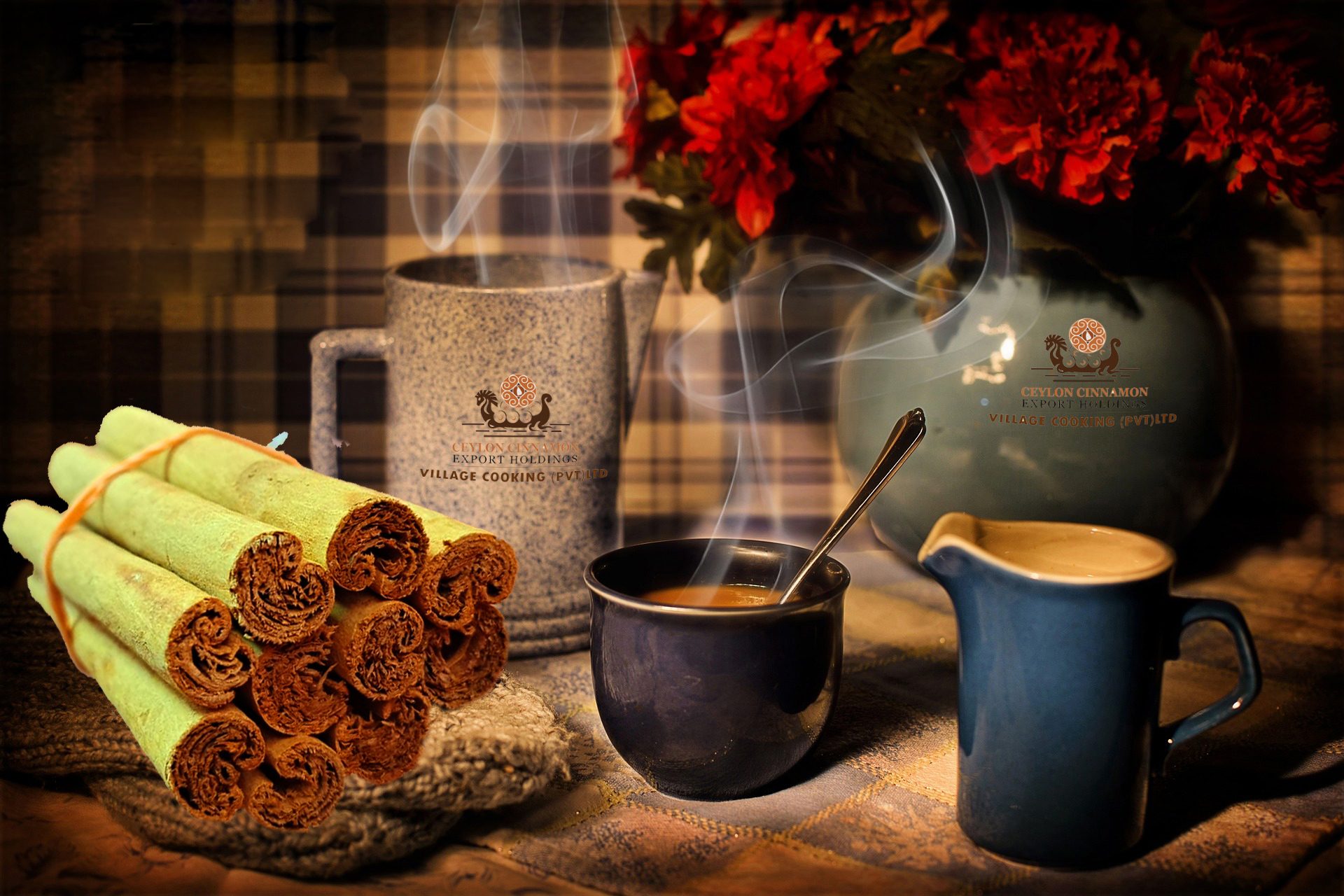
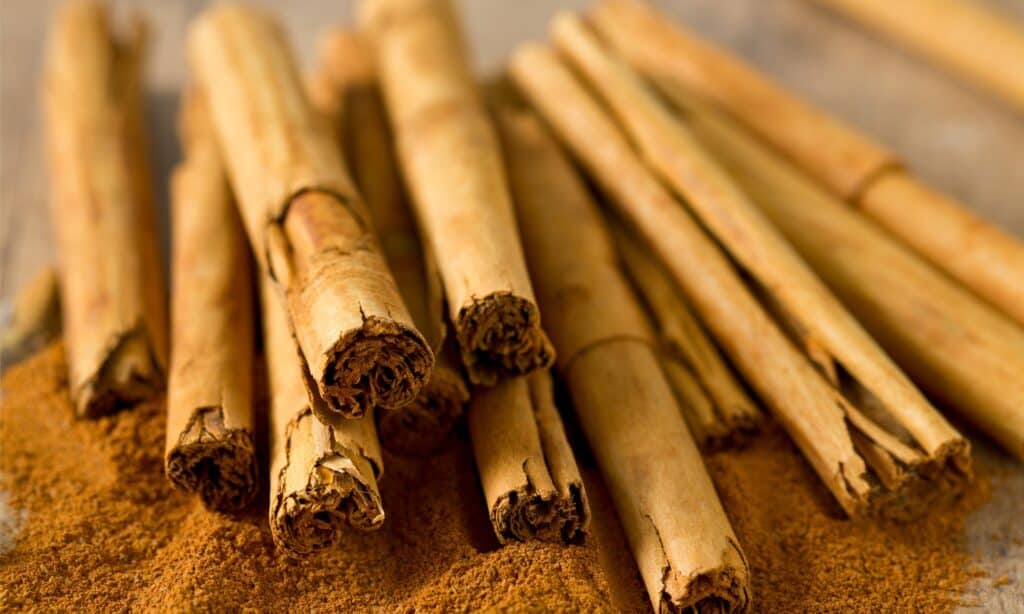
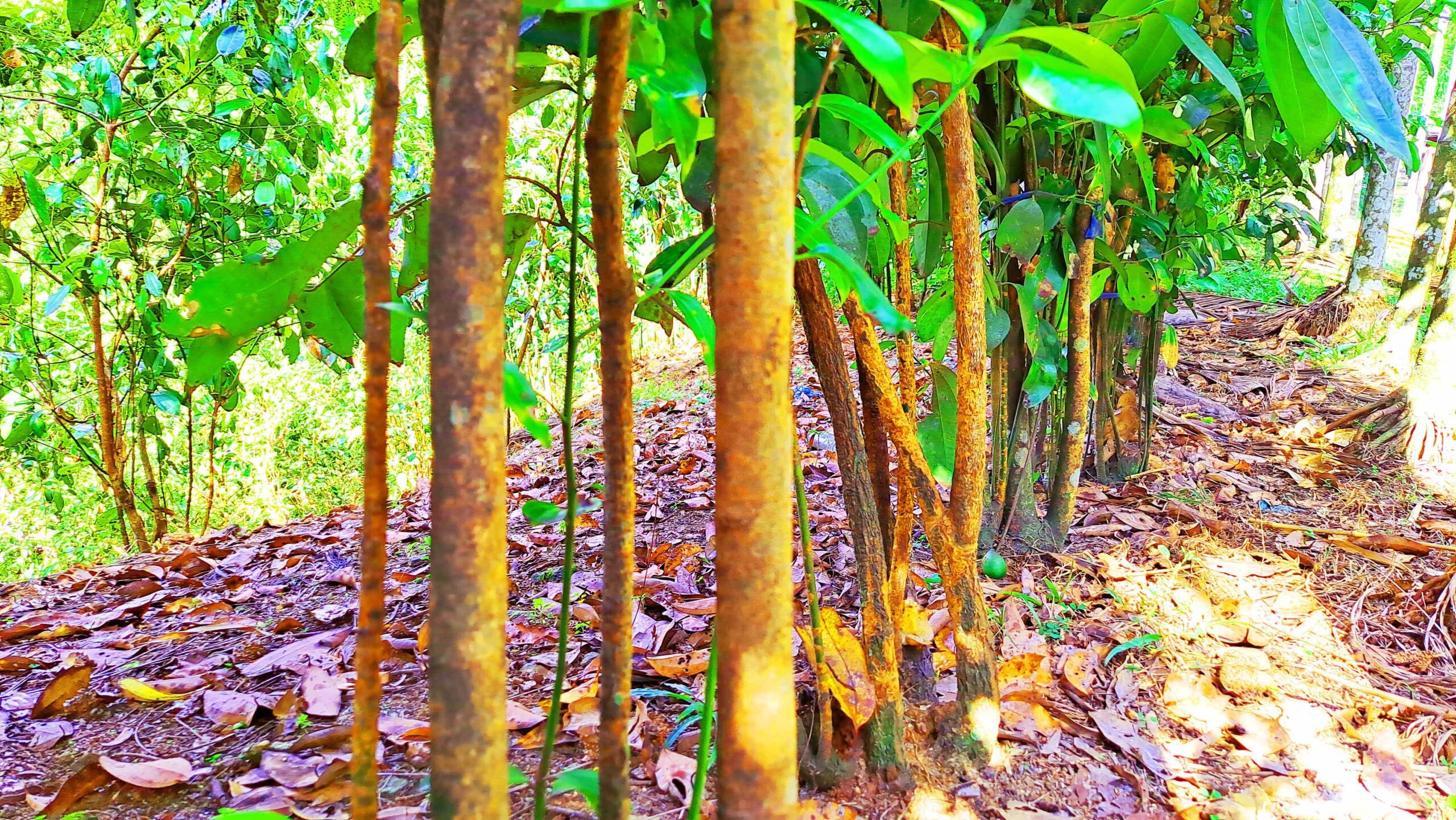
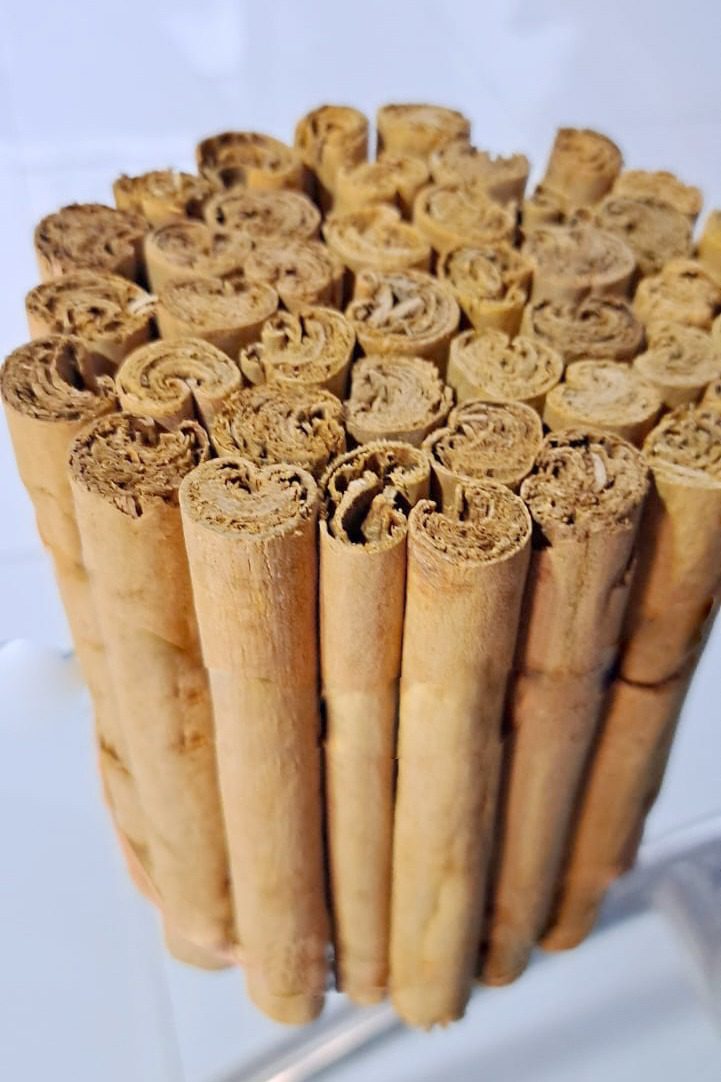
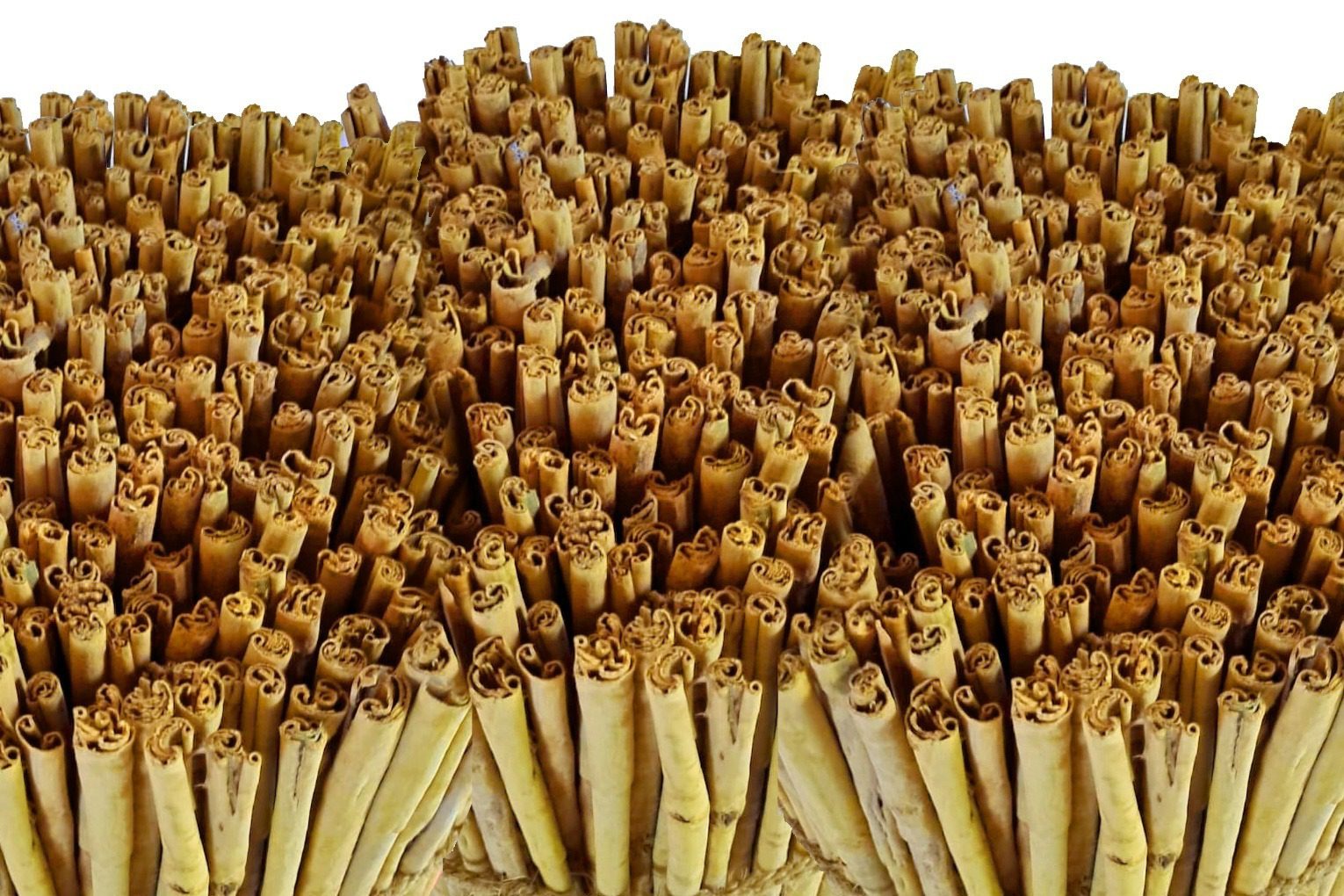

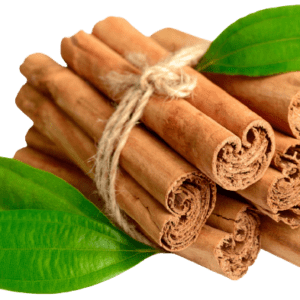

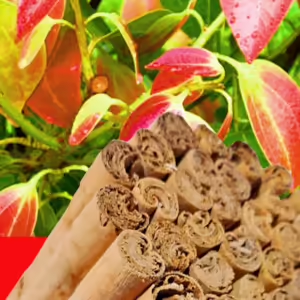
Reviews
There are no reviews yet.